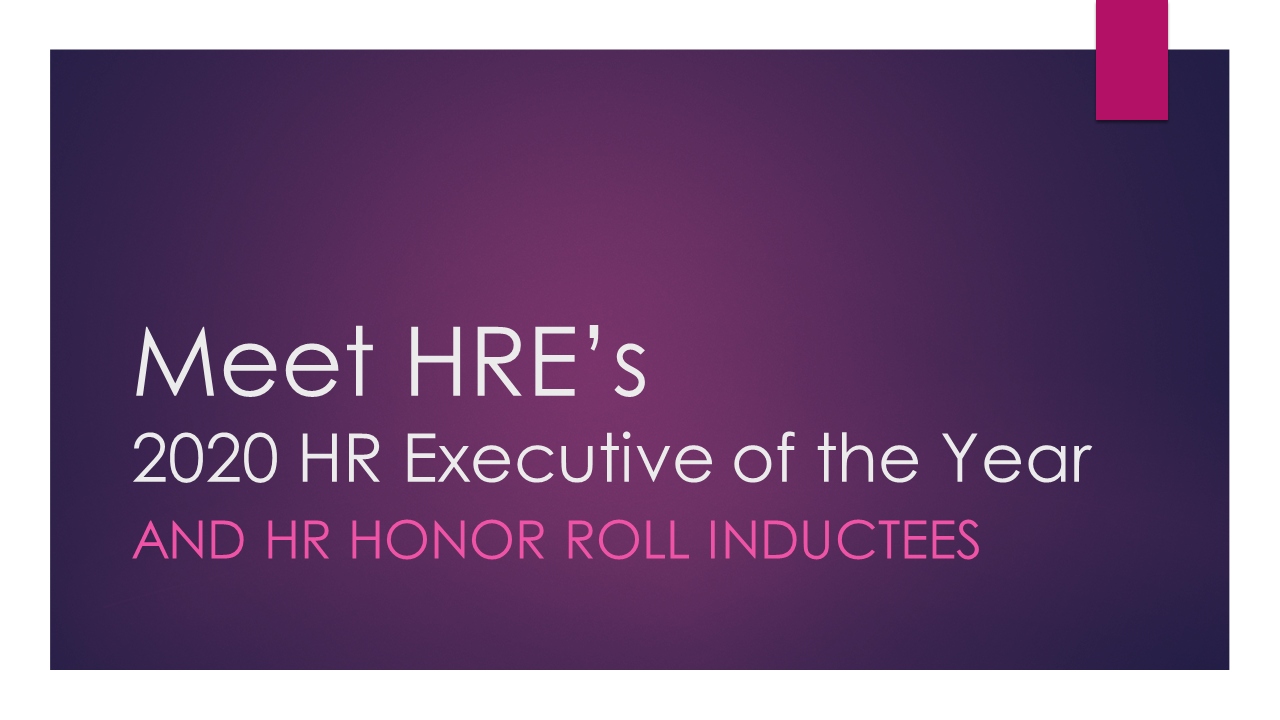
COVID-19 has undoubtedly spurred the importance of HR technology. As a result of the pandemic, many organizations quickly rushed to add new tech to enable massive remote work, maintain culture virtually, hire and onboard remotely, and help employees with a host of new challenges caused by the pandemic.
Lincoln Financial Group was in a good place to handle the crisis, all things considered, because it had gone through a digital transformation just a few years prior.
“We were ready because of investments in digital technology and the strong partnership between HR and IT that’s been developed over the years,” Lisa Buckingham, the insurance and investment company’s executive vice president and chief people, place and brand officer, said Friday during the closing keynote at HRE’s HR Tech Conference, held virtually. “We were ready because of our business continuity planning, which is interwoven within technology and across our organization. We were ready because we always kept the human in human resources and were prepared to be there for our people with care and empathy while leveraging technology.”
To take those digital steps, the company talked to outside consultants, read a lot and talked to other peers who have taken digital steps.
“Things are moving so fast that we needed to transform and really drive a move toward agility, a move toward improving our processes and automating our processes, bringing dev-ops capabilities to our pipeline and being a technology shop that delivers continuously to production on improvements,” said Ken Solon, executive vice president, chief information officer and head of digital at Lincoln Financial Group.

Technology also made a lot of employees’ tasks easier and made its customers’ lives better, Solon said. For instance, the company, which sells life insurance policies, relied on tech and automated processes to handle some of the tasks. Life insurance agents don’t have to travel to clients’ homes to sell a policy in person; now, they leverage electronic signatures, electronic applications and data and digital capabilities to examine medical needs. “We can issue a life insurance policy in 24 hours now because of the end-to-end capabilities that traditionally took us 45 days,” Solon said.
Still, the digital transformation wasn’t without its challenges, Buckingham said. The company had to make sure its people were on board. “To take the worry out of the organization, I remember how many surveys we did and conversations and town halls to get people comfortable with the journey,” said Buckingham, HRE’s 2017 HR Executive of the Year. “People just thought there would be robots roaming around the building. We really had to clarify what digital capabilities are, what is the digital journey.”
Important to note is that HR can leverage technology without losing sight of people-focused HR, Buckingham said.
See also: People+Work Connect platform wins HR innovation award
COVID-19, of course, made Lincoln Financial’s focus on technology even more vital, and the company turned to additional digital approaches to help succeed in the new environment. With nearly 99% of its employees currently remote, the company relied on virtual onboarding, compliance and continuing its internship program virtually, Buckingham said. It also looked at technologies to help its workers improve their emotional wellbeing.
Importantly, Buckingham said, the company significantly amped up virtual townhalls and made sure to push benefits communication, so employees knew what offerings were available to them and where they could go to get the help they needed.
Click here to sign up for HRE’s daily newsletters.
More frequent communication and engagement with workers is now a focus for the company, and Buckingham predicts that will continue even in a post-pandemic world. “[Employees] have seen the communications we’ve been able to give, they want these communications, and I think it gives them a higher connectivity to senior leadership.”
Related: 7 open enrollment tips for 2020
“I think collaboration tools will continue to increase in their importance as we stay in a virtual or hybrid type of operating environment. They need to bring teams together in an innovation, decision-making perspective in a virtual environment.”
*



